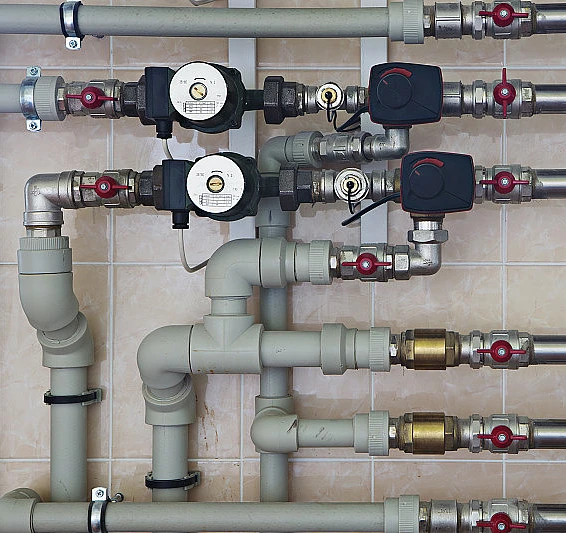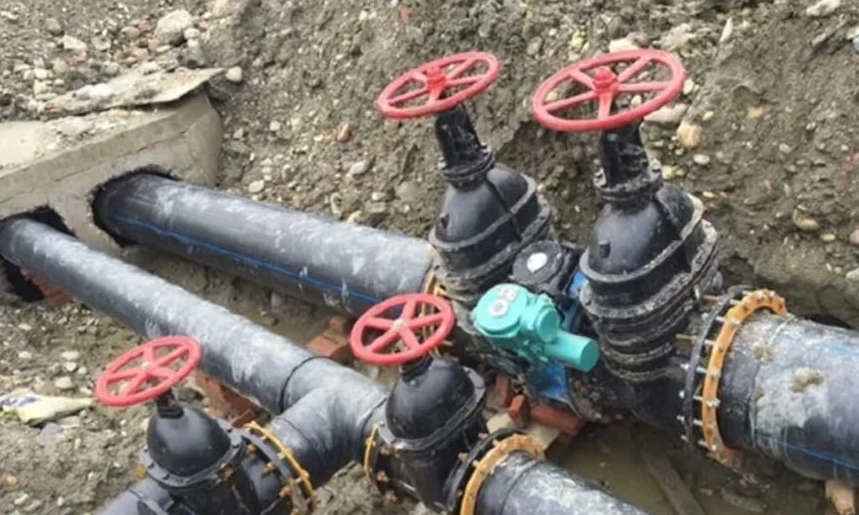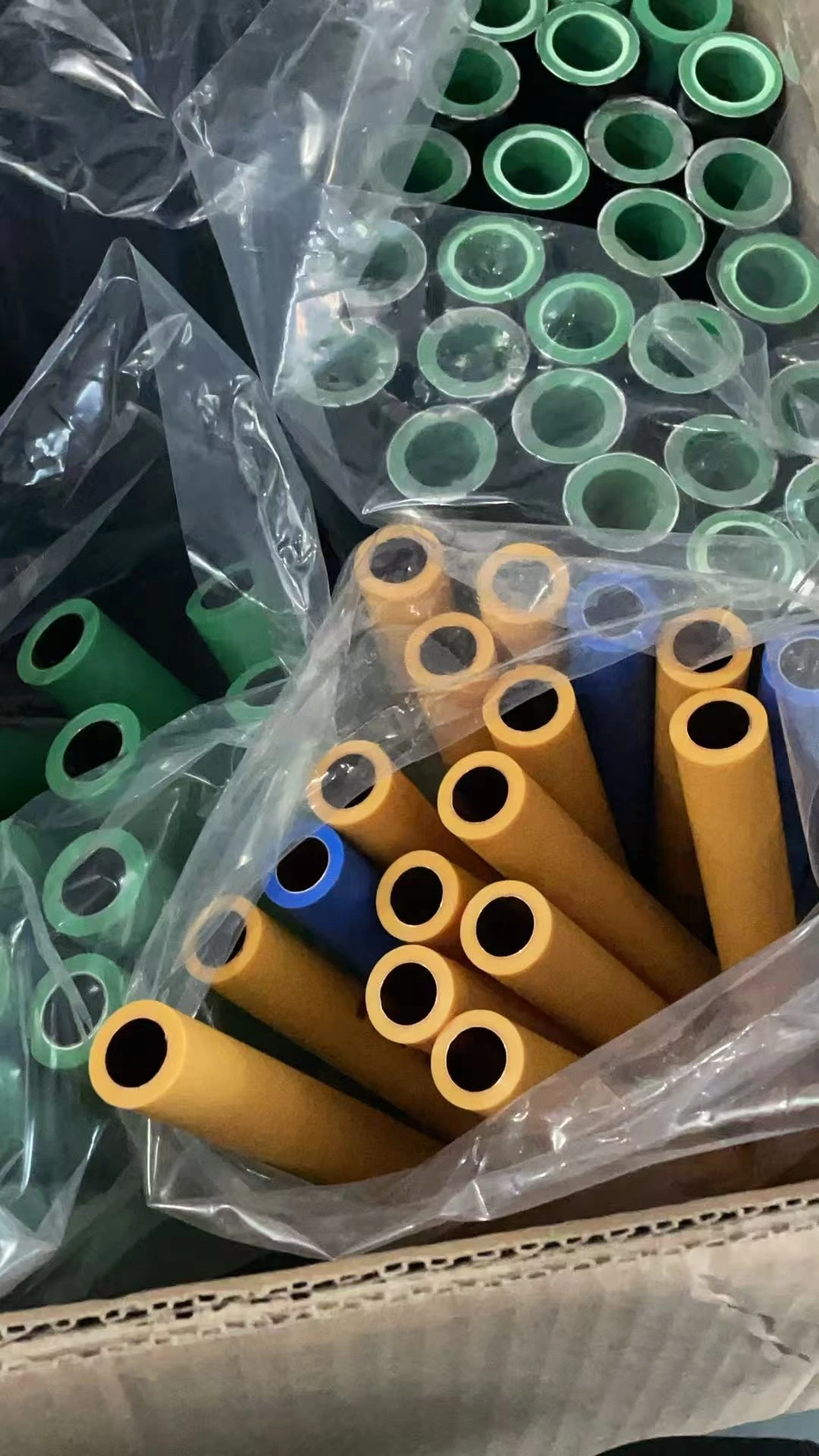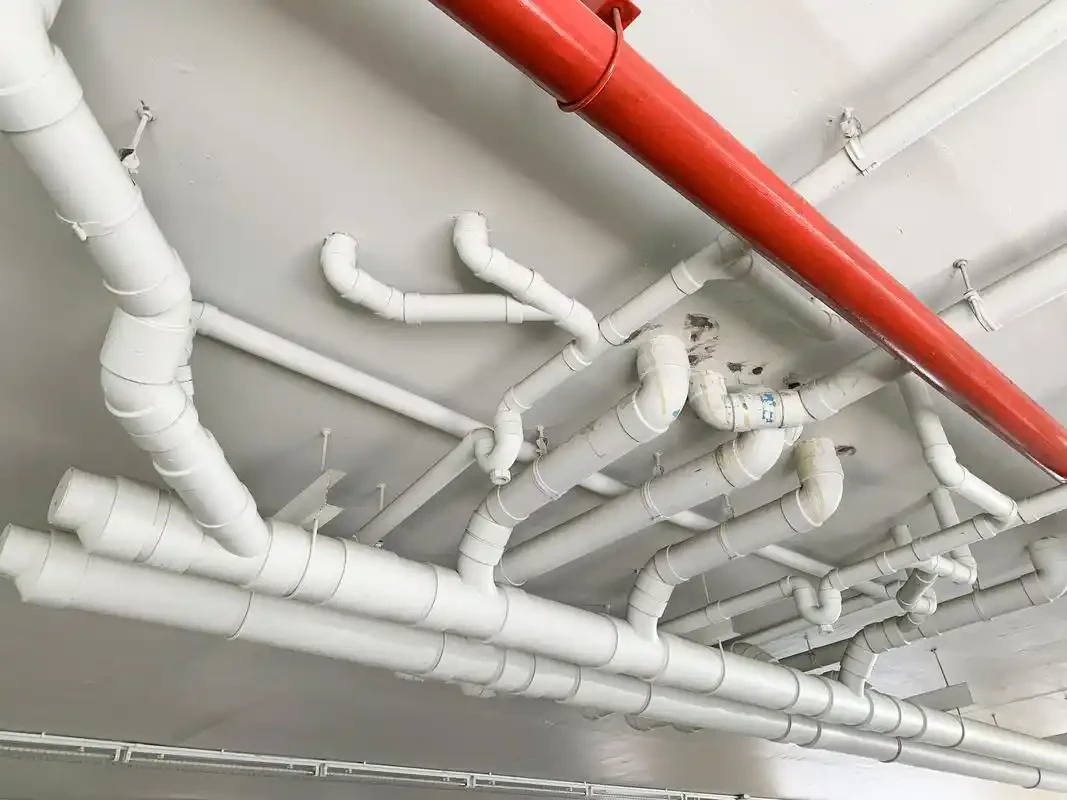Throughout my career working with various piping systems, I’ve encountered numerous installations where PPR pipes were incorrectly specified for compressed air applications. The standards landscape for this specific application reveals why this practice poses significant safety concerns that professionals cannot ignore.
No international standards specifically govern or approve PPR pipe usage in compressed air systems. Major standards organizations including ISO, ASTM, and ASME explicitly limit PPR applications to water and specific fluid transport systems, while compressed air piping falls under separate standards that typically exclude standard PPR materials due to safety concerns with gas containment.
Understanding the standards framework helps professionals make informed decisions about material selection and system safety. Let’s examine the specific standards that apply—and those that don’t—to PPR usage in compressed air applications.
What are the international standards governing PPR pipe usage in compressed air?
International standards clearly delineate between approved and prohibited applications for PPR piping, with compressed air falling firmly into the latter category.
ISO 15874 specifically addresses PP-R piping systems for hot and cold water installations without mentioning compressed air applications. Similarly, ASTM F2389 governs polypropylene pressure pipes for water service only, while compressed air standards like ISO 10380 and ASME B31.3 exclusively cover metallic or specially engineered piping systems for gas applications.

The international standards framework provides clear guidance about appropriate applications for PPR piping systems. Understanding these specifications helps prevent the dangerous practice of using water-grade materials for compressed air applications.
Water System Standards and Their Limitations
ISO 15874 (“Plastics piping systems for hot and cold water installations – Polypropylene (PP)”) serves as the primary international standard for PPR piping systems. This comprehensive standard covers material specifications, dimensional requirements, and performance characteristics exclusively for water applications. The standard’s scope explicitly limits approval to potable water distribution, heating systems, and other liquid transport applications—with no provisions for gas or compressed air service.
Similarly, ASTM F2389 (“Standard Specification for Pressure-Rated Polypropylene (PP) Piping Systems”) governs polypropylene piping in North American markets. This standard establishes requirements for PP pipe and fittings intended for water service, incorporating pressure rating protocols, hydrostatic design basis methodology, and installation guidelines that assume liquid transport. The standard contains no testing protocols or design methodologies for gas containment applications.
Compressed Air Standards and Material Requirements
Compressed air piping falls under separate international standards that typically exclude standard PPR materials. ISO 10380 (“Corrugated stainless steel tubes and assemblies for gas installations”) addresses piping systems specifically designed for gas service, emphasizing materials and joining methods suitable for gas containment. The standard focuses exclusively on metallic systems with demonstrated resistance to rapid crack propagation—a critical safety consideration for compressed gases.
ASME B31.3 (“Process Piping”) provides comprehensive guidelines for industrial piping systems, including specific chapters addressing compressed air installations. This standard emphasizes material selection based on service conditions and typically requires materials with proven performance in gas service. While the standard doesn’t explicitly prohibit plastics, it imposes rigorous testing and design requirements that standard PPR cannot meet for compressed air applications.
Table: International Standards Comparison for Piping Applications
| Standard | Scope | PPR Status | Key Limitations |
|---|---|---|---|
| ISO 15874 | PP piping for hot/cold water | Approved for water only | No gas application provisions |
| ASTM F2389 | PP pressure piping systems | Water service only | No compressed air testing protocols |
| ISO 10380 | Gas installation piping | Not covered | Metallic systems only |
| ASME B31.3 | Process piping including air | Not recommended | Rigorous gas service requirements |
Regional Standards and Code Restrictions
European standards through CEN (European Committee for Standardization) similarly restrict PPR applications to water systems. The Construction Products Regulation (CPR) and various national codes explicitly prohibit using water-grade plastics for compressed air due to safety concerns. In North America, plumbing codes and occupational safety regulations likewise restrict compressed air piping to approved materials that meet specific gas containment standards.
The consistent message across all international and regional standards is clear: PPR pipes are designed, tested, and approved exclusively for liquid transport applications. Their use in compressed air systems represents a code violation and significant safety risk in virtually all regulated markets.
Which certifications ensure PPR pipe safety and performance in air systems?
No legitimate certification bodies provide specific approvals for PPR pipes in compressed air applications, as this falls outside their intended and tested use parameters.
No certification organizations provide specific approval for PPR pipes in compressed air systems. Certifications like NSF/ANSI 61, WRAS, and DVGW validate PPR safety for water applications only, while compressed air requires completely different certification pathways that standard PPR products cannot obtain due to fundamental material limitations.

Certification marks on PPR pipes indicate compliance with specific standards and regulations—all of which assume water as the transported medium. Understanding what these certifications cover—and what they exclude—is crucial for proper material selection.
Water-Specific Certification Programs
NSF/ANSI 61 (“Drinking Water System Components – Health Effects”) represents the most recognized certification for piping materials in North America. This certification evaluates potential chemical leaching and material safety exclusively for potable water applications. The testing protocols simulate water contact conditions and don’t address gas containment safety, rapid crack propagation, or other compressed air-specific failure modes.
European certification schemes including WRAS (Water Regulations Advisory Scheme) in the UK and DVGW (German Technical and Scientific Association for Gas and Water) in Germany follow similar patterns. These certifications validate material safety, performance characteristics, and compliance with regional water regulations. Like their North American counterparts, these programs explicitly limit their scope to water applications and provide no validation for compressed air service.
Manufacturer Declarations and Limitations
Reputable PPR manufacturers explicitly state application limitations in their technical documentation and product declarations. Companies like GF Piping Systems, Aquatherm, and Uponor clearly specify that their PPR products are intended for water applications only and prohibit use with compressed air or other gases. These manufacturer restrictions carry significant weight in liability determinations when systems fail.
Product markings and material certifications provided with PPR pipes typically reference water-specific standards only. Third-party quality marks like the UL Listing mark or CE Marking for PPR products are granted based on compliance with water system standards, not gas containment capabilities. These markings should never be misinterpreted as approval for compressed air applications.
Table: Certification Programs and Their Application Limitations
| Certification | Validated Applications | Compressed Air Status | Testing Limitations |
|---|---|---|---|
| NSF/ANSI 61 | Potable water safety | No approval | No gas containment testing |
| WRAS | UK water regulations compliance | Not covered | Water-specific test protocols |
| DVGW | German water/gas standards | Water applications only | Separate gas piping standards |
| UL Listing | US safety standards | Water systems only | No compressed air validation |
The Certification Gap for Compressed Air
The absence of compressed air certifications for standard PPR products reflects fundamental material limitations rather than oversight by certification bodies. Testing organizations develop certification programs based on recognized standards and manufacturer intended uses. Since PPR manufacturers explicitly design their products for water applications and standards organizations limit approvals accordingly, certification bodies have no pathway to validate PPR for compressed air service.
Some specialized reinforced plastic piping systems do carry certifications for compressed air, but these products feature significantly different material compositions, reinforcement layers, and design characteristics compared to standard PPR. These specialized systems undergo completely different testing protocols specific to gas containment applications.
What installation standards must be followed for PPR compressed air piping?
No recognized installation standards exist for PPR compressed air piping because the application itself falls outside approved use parameters across all major standards organizations.
No installation standards address PPR compressed air piping because the application is prohibited by governing codes and manufacturer limitations. Instead, installers must follow standards like ASME B31.3 for process piping or ISO 10380 for gas systems, which require materials specifically designed and certified for compressed air service.

Compliance verification provides objective assessment of system safety and regulatory adherence. For compressed air piping, this process follows established pathways that explicitly or implicitly exclude standard PPR materials.
Documentation Review Process
Begin compliance verification with thorough documentation review. Examine material certifications, test reports, and manufacturer technical specifications for explicit statements about approved applications. Legitimate compressed air piping materials will contain specific references to compliance with ASME B31.3, ISO 10380, or national gas piping standards. PPR documentation will conspicuously lack these references while explicitly limiting applications to water systems.
Review project specifications and design documents for material selection justification. Properly designed compressed air systems will reference appropriate standards and include material specifications that match the service conditions. Systems specifying PPR will either lack standard references or incorrectly apply water system standards to compressed air applications.
Physical Inspection and Testing Protocols
Conduct material identification and marking verification during physical inspections. Approved compressed air piping materials feature permanent markings indicating compliance with relevant standards. PPR pipes typically bear markings referencing only water system standards like ISO 15874 or ASTM F2389, providing immediate evidence of non-compliance for air applications.
Perform pressure tests using protocols specific to gas piping systems. ASME B31.3 requires specific procedures, duration, and documentation for compressed air pressure testing that differ from hydrostatic testing used for water systems. Even if PPR systems pass initial pressure tests, the absence of material certification for gas service renders the systems non-compliant regardless of test results.
Table: Compliance Verification Checklist for Compressed Air Piping
| Verification Element | Compliant System Indicators | PPR System Status |
|---|---|---|
| Material Certification | References to gas piping standards | Water standards only |
| Manufacturer Documentation | Explicit air system approval | Explicit air system prohibition |
| Product Markings | Gas service identification | Water service identification only |
| Pressure Test Results | ASME B31.3 protocol compliance | Cannot meet gas testing requirements |
| Installation Documentation | Certified gas piping installers | Water system installation methods |
Compliance Documentation and Reporting
Document all compliance findings with specific references to applicable standards. Note where materials, installation methods, or testing protocols deviate from recognized compressed air standards. For PPR systems, this documentation should clearly indicate multiple points of non-compliance with appropriate standards.
Report compliance findings to relevant stakeholders including project owners, safety officers, and regulatory authorities. Clearly communicate the specific standards violations and associated safety risks. Recommend immediate remediation using compliant materials to address both safety concerns and regulatory non-compliance issues.
Conclusión
International standards, certification programs, and installation requirements uniformly prohibit PPR pipes for compressed air applications due to fundamental material limitations and safety concerns. Compliance verification consistently identifies PPR systems as non-compliant with recognized compressed air standards. Professionals should specify materials specifically designed and certified for compressed air service rather than attempting to use PPR outside its intended and approved application parameters.














Comentarios recientes